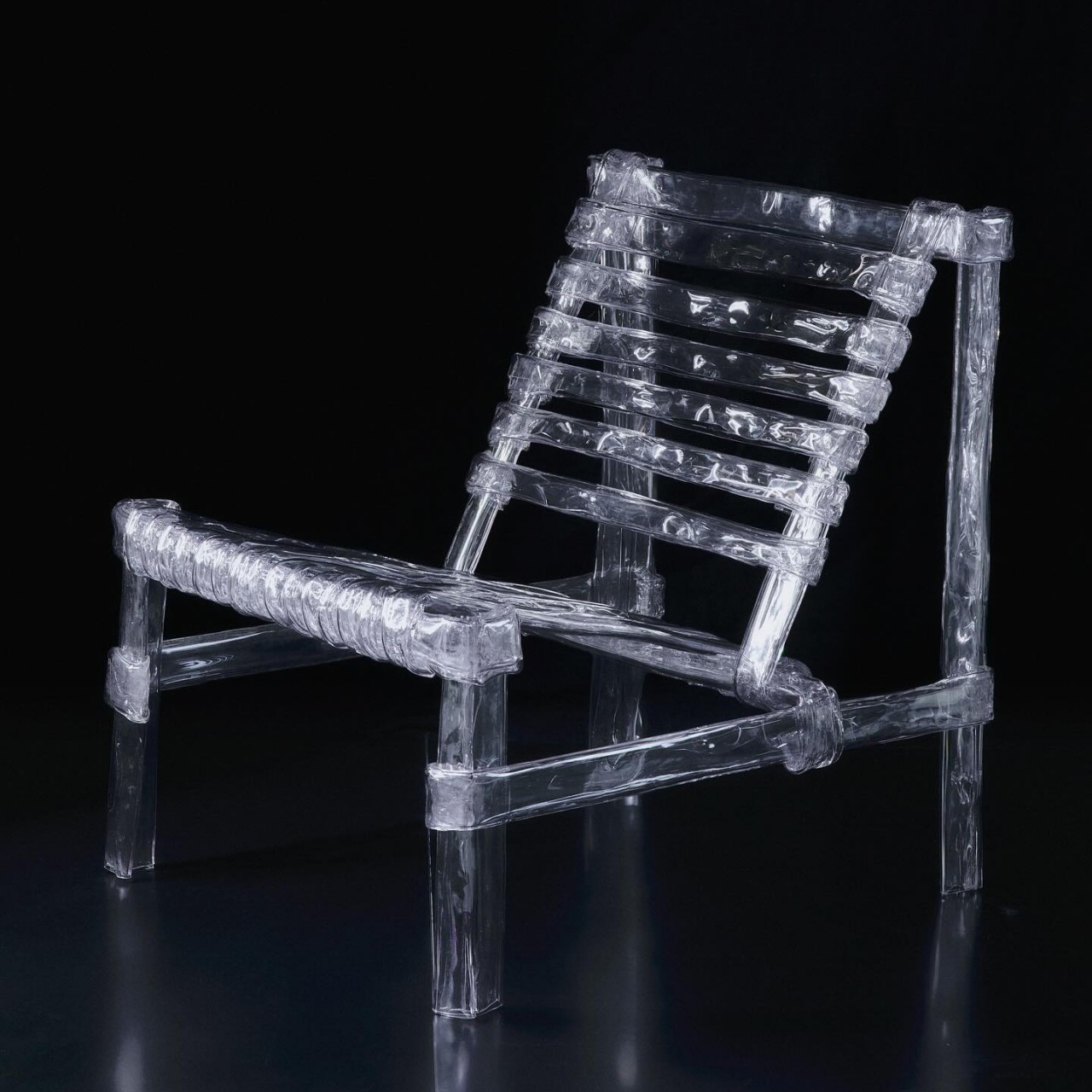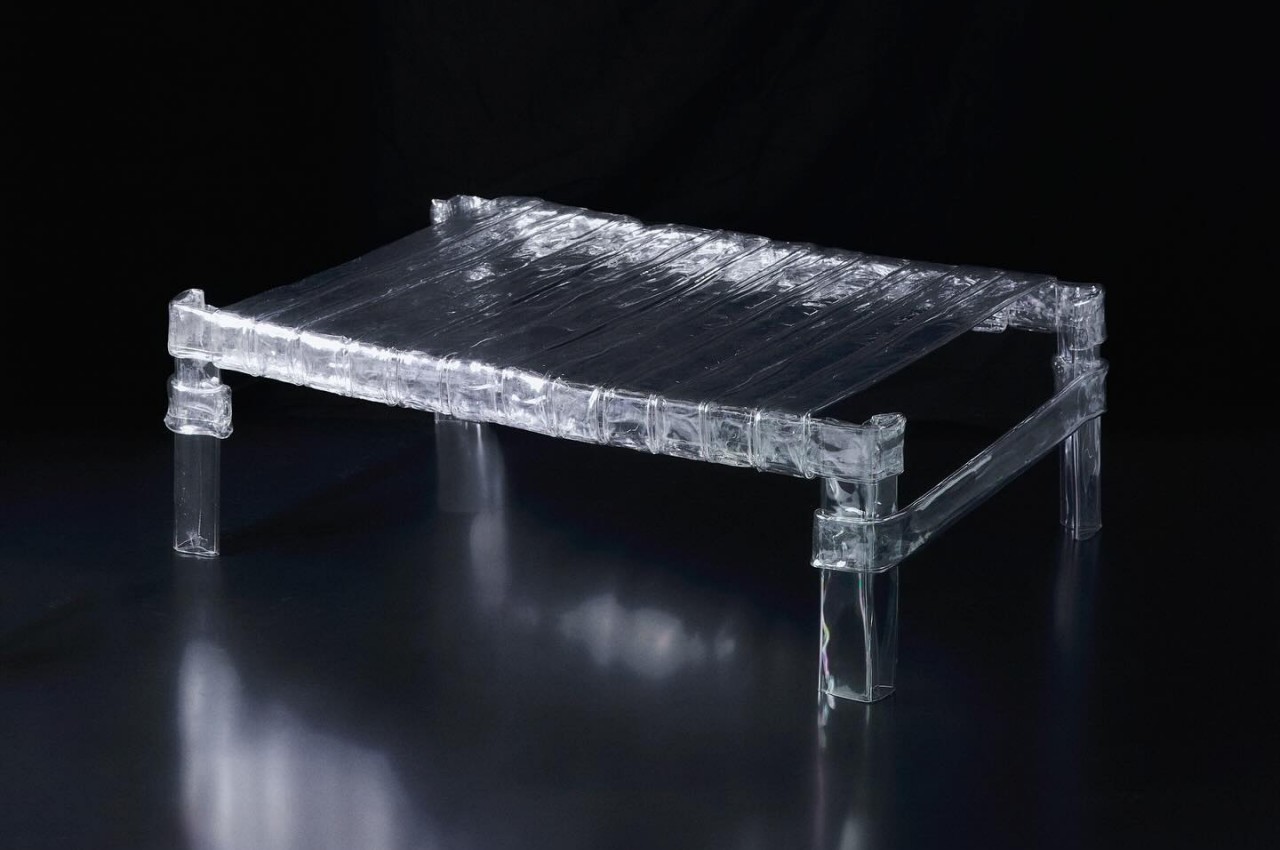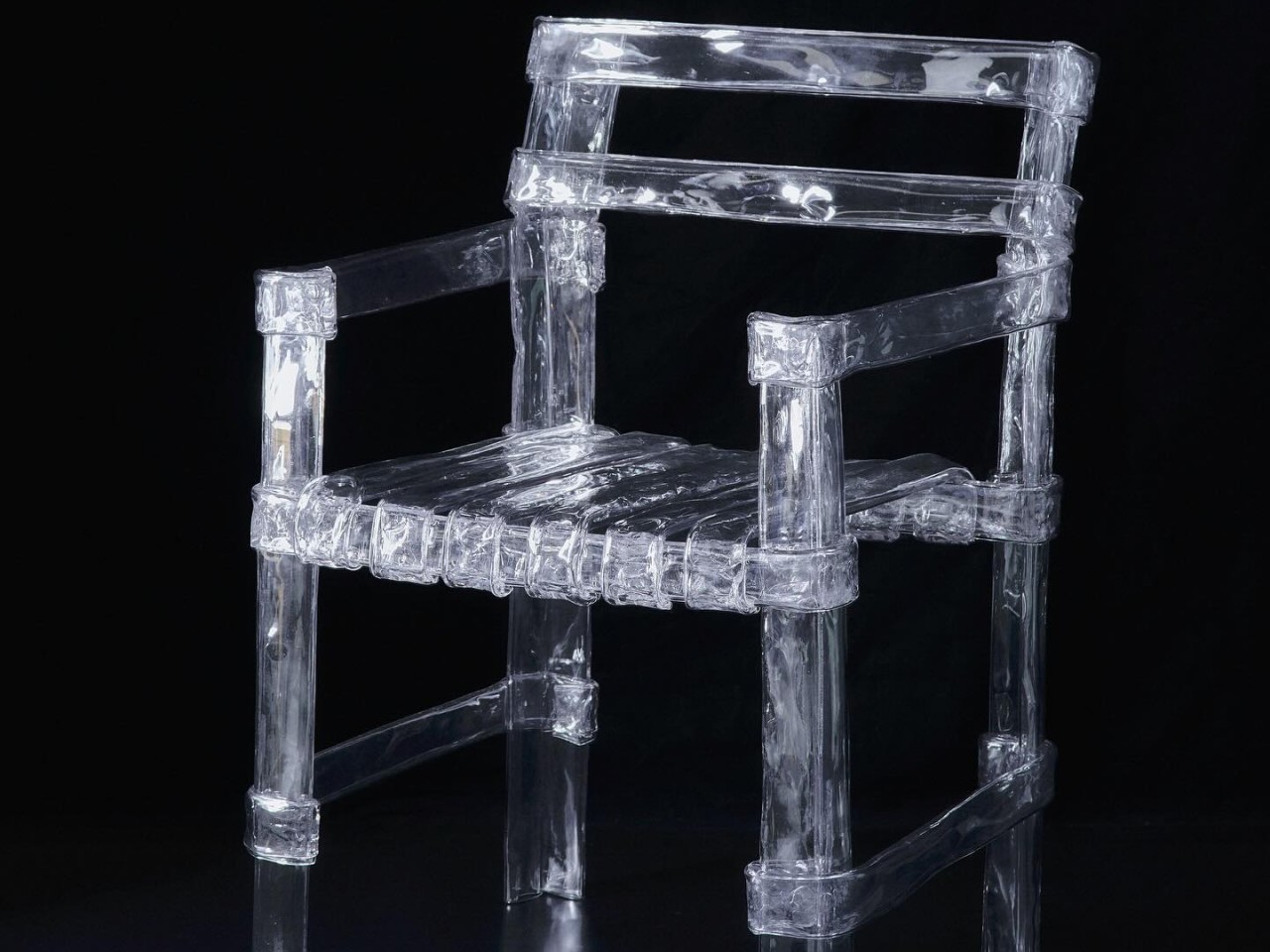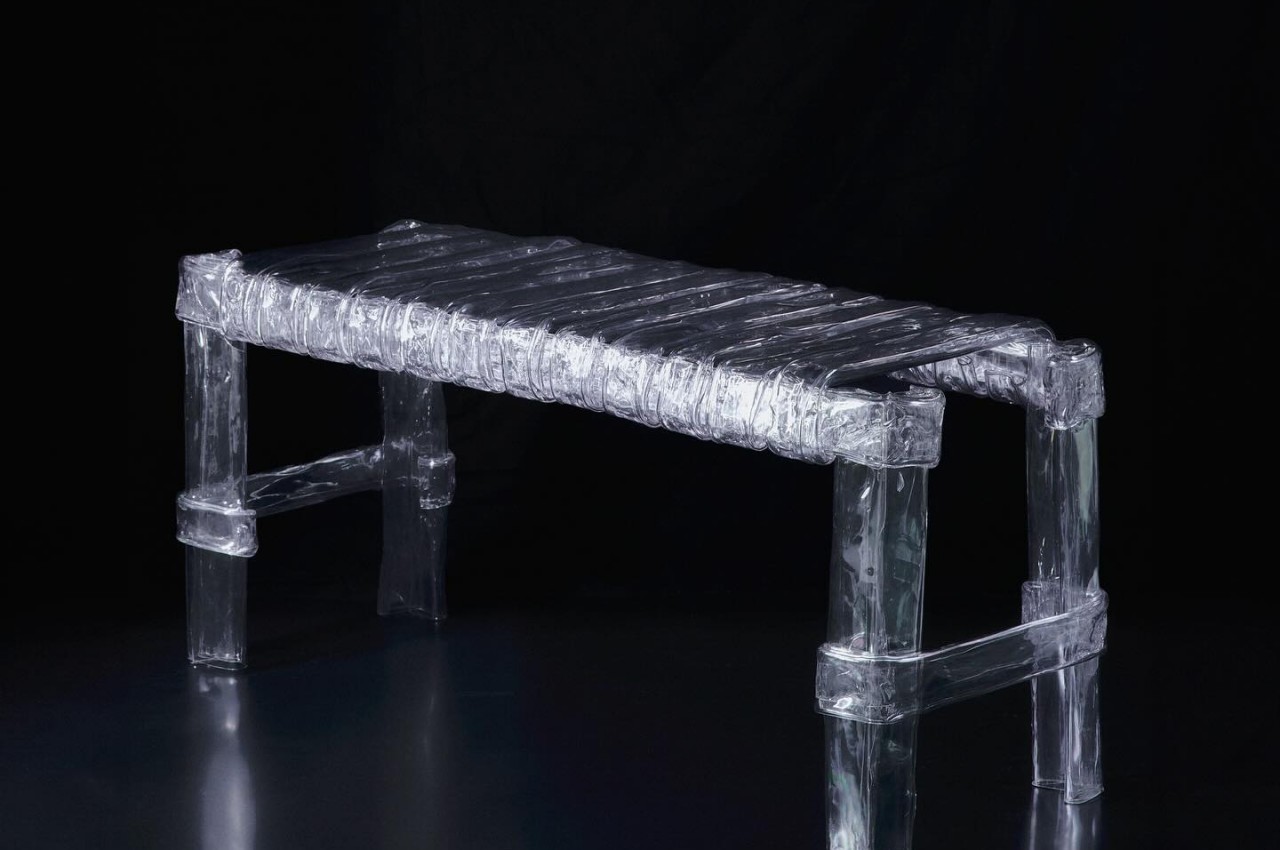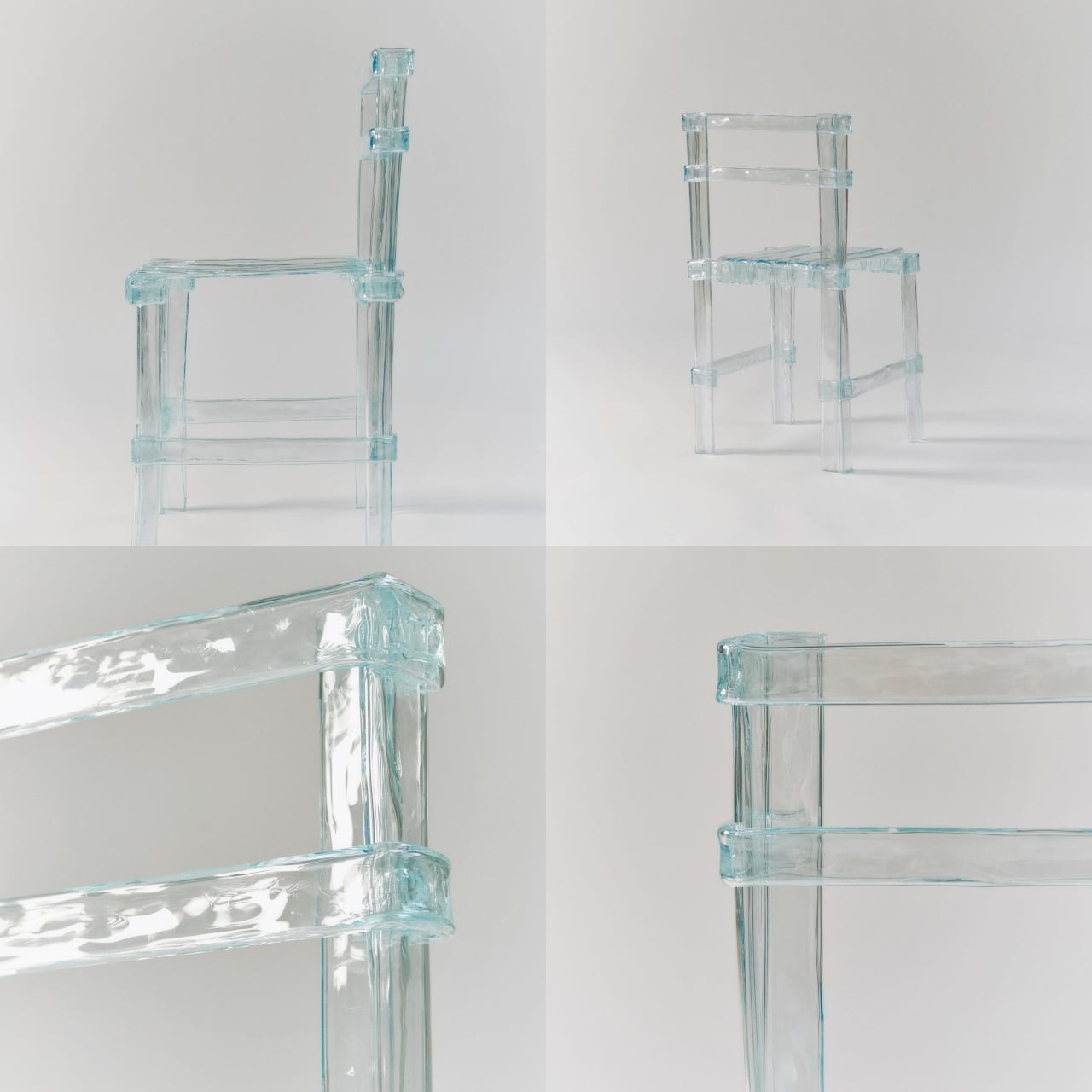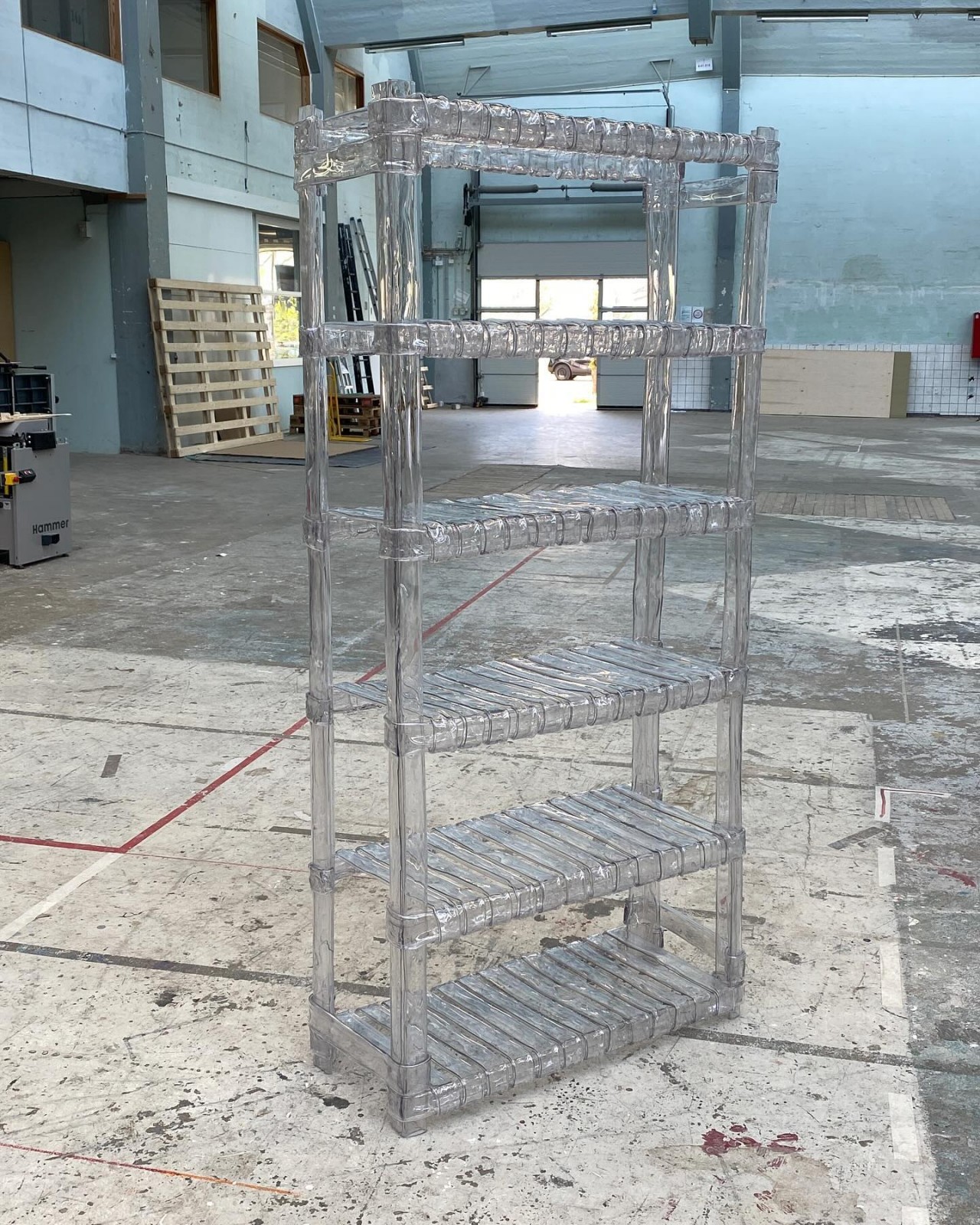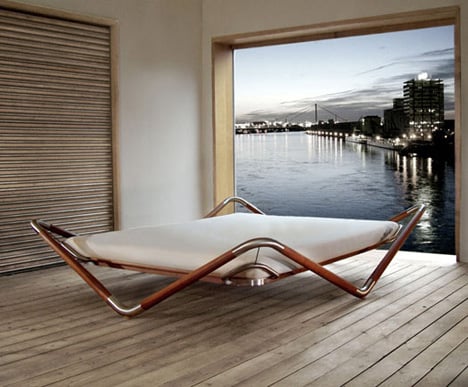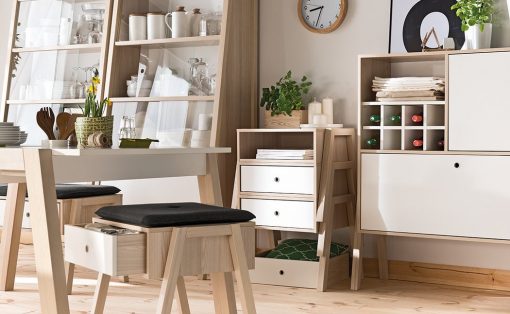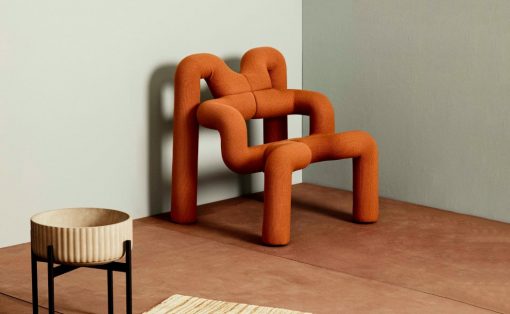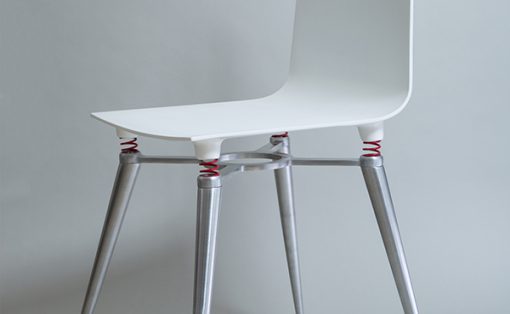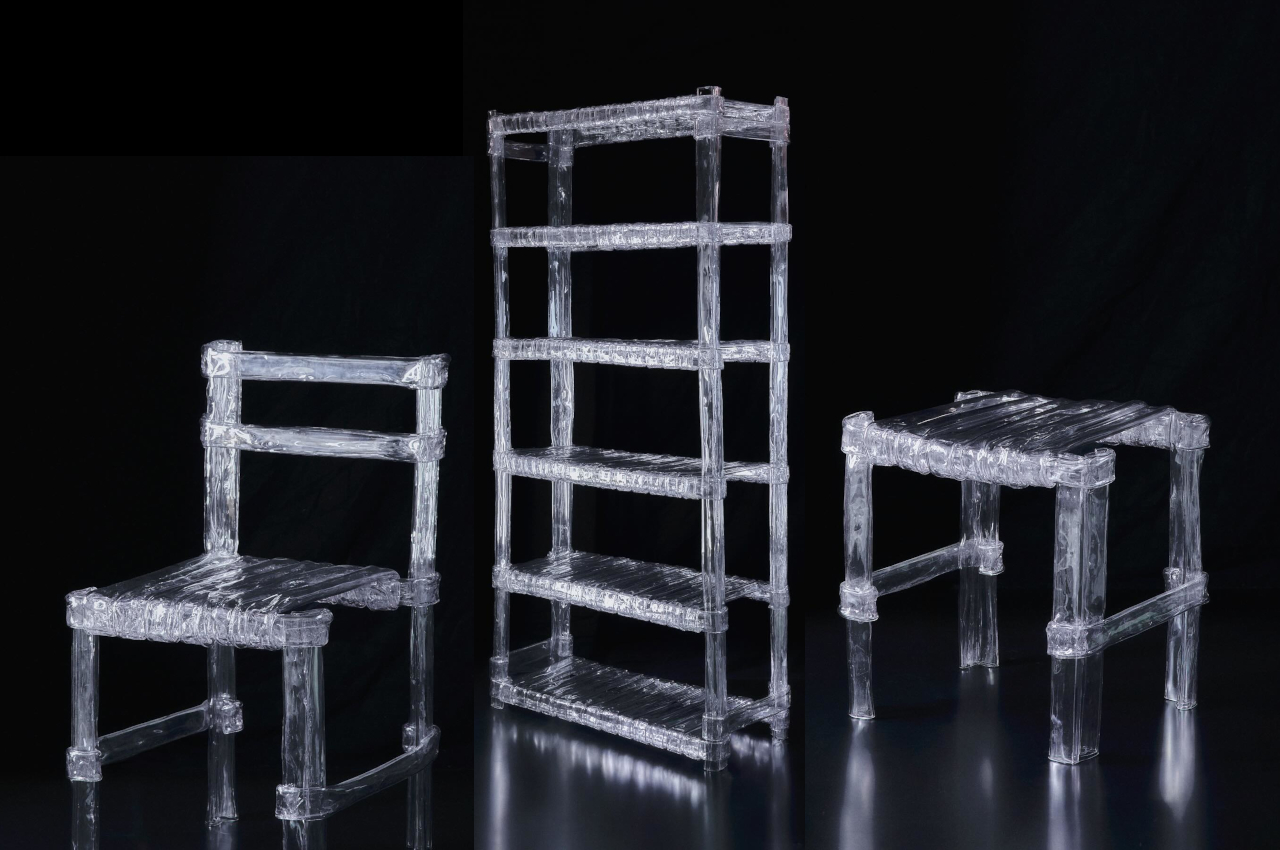
Furniture can be made from any material, with the only requirement that it should be strong enough to serve its purpose. Wood is the most common choice and one that’s beloved by designers, but there are also a number that are made of metal or even glass. There is also furniture made from plastic, though these bear the stigma of not only being cheap in terms of cost but also in quality and durability. Of course, not all plastic is made equal, and some perform better than others. And depending on how you actually use the material, they can look as plain or as luxurious as you can make them. This furniture collection, for example, looks like it has been carefully carved out of blocks of ice, but if you’ve been following the flow so far, then you’d probably guess they’re made from plastic and handcrafted plastic at that.
Designer: Kasper Kyster
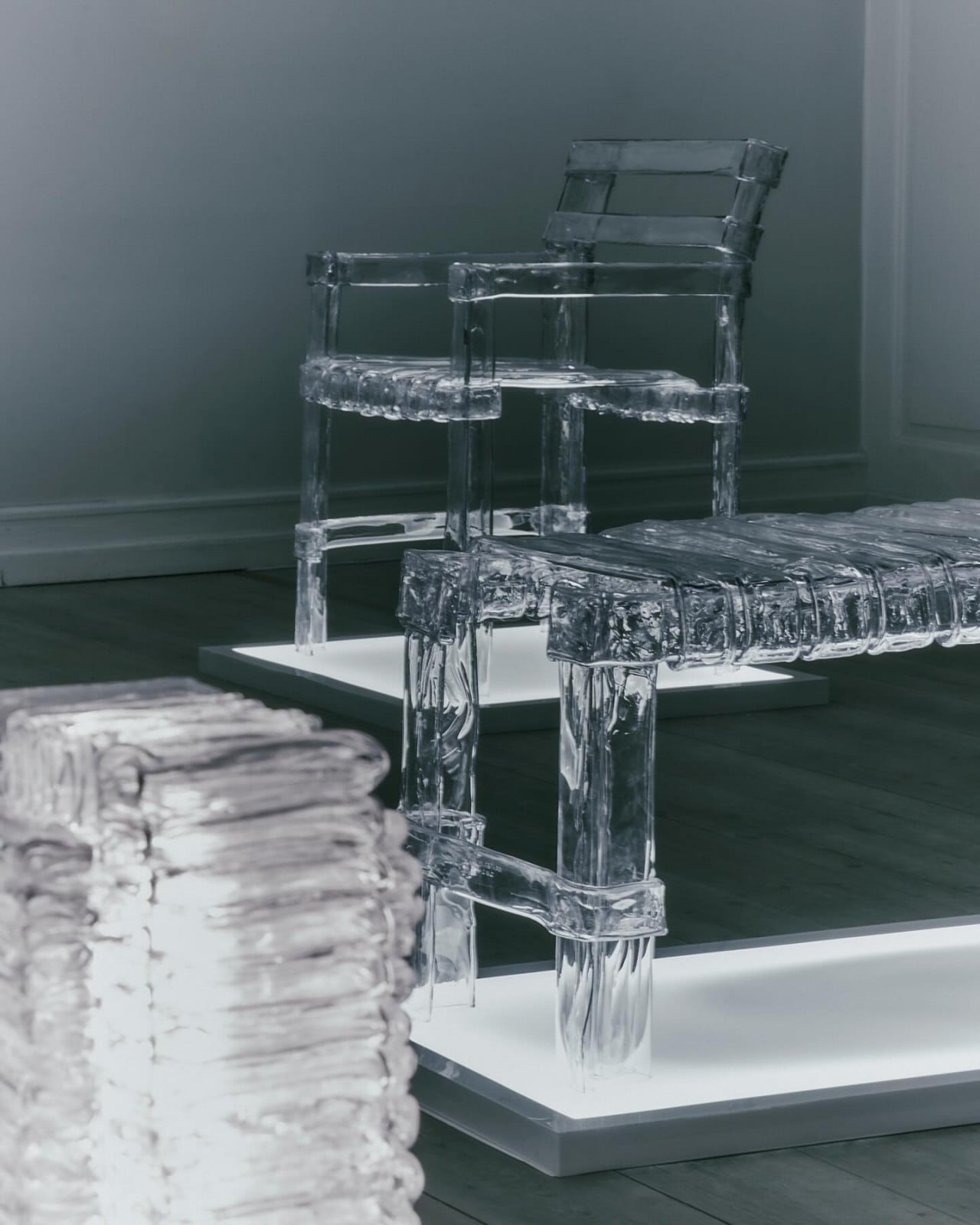
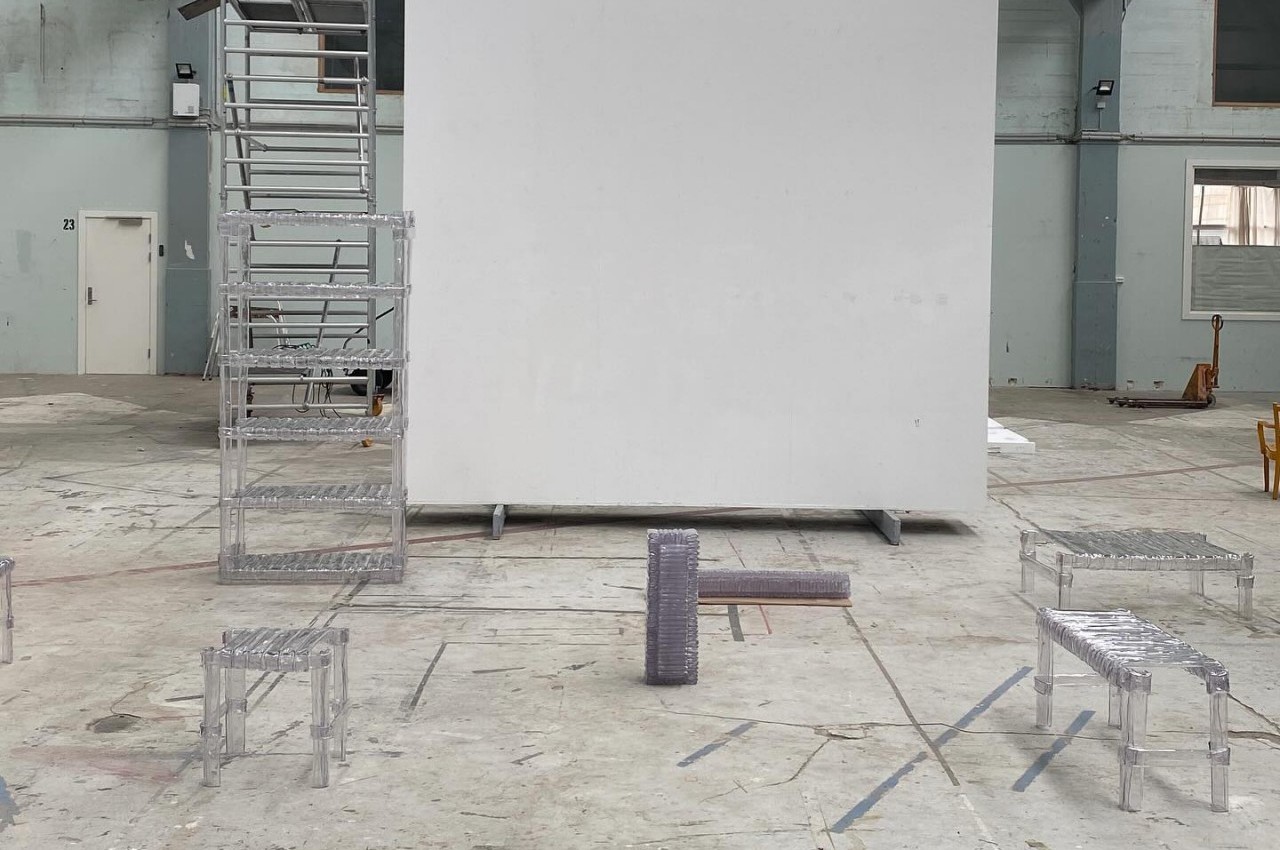
Despite the harm they pose to the environment, plastic is still a common sight in many products. They’re cheap to make and easy to work with, which is why they’re used in mass-production pipelines. You’d almost be crazy to manually form the plastic by yourself, but it’s that inspired insanity that brought these beautiful masterpieces to life.
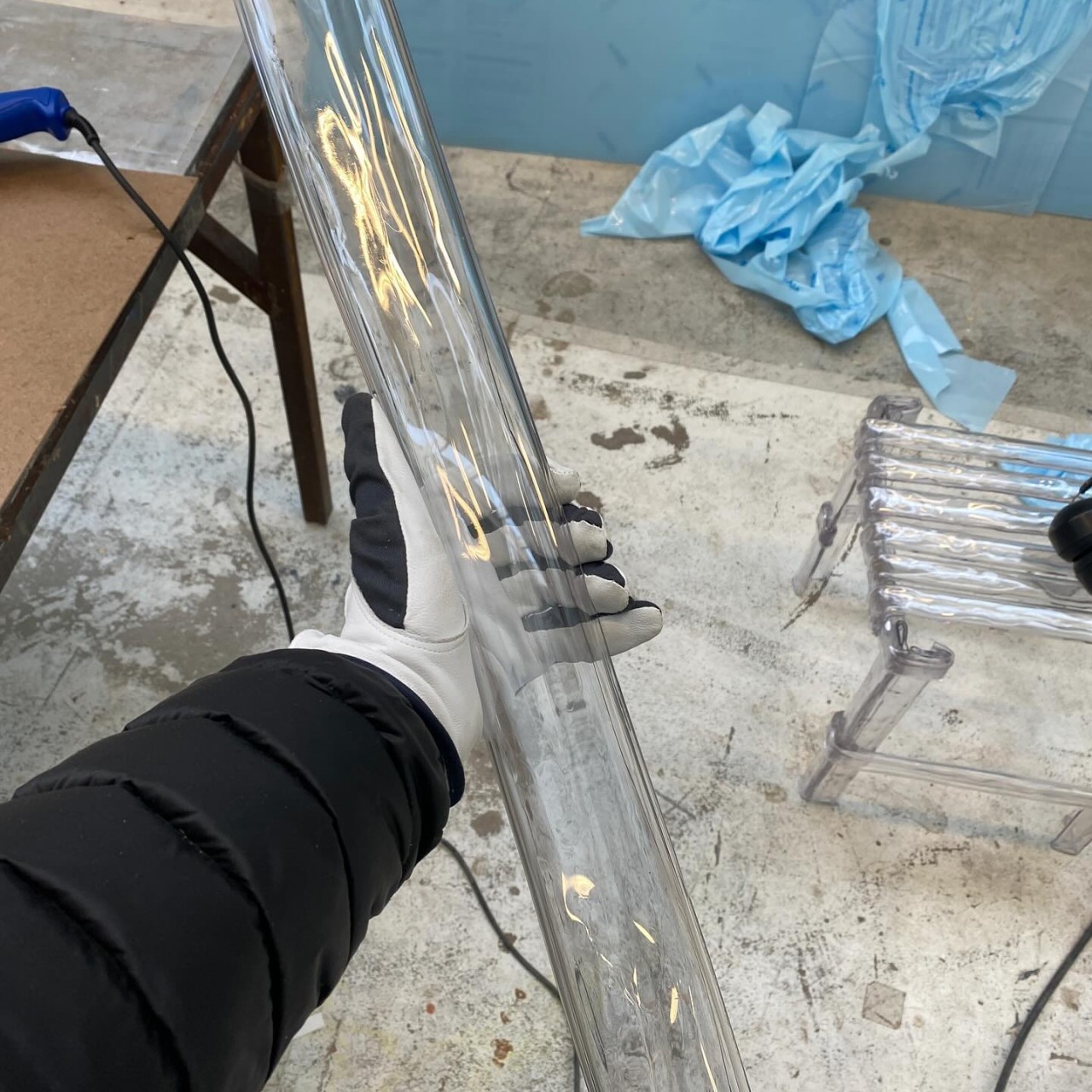
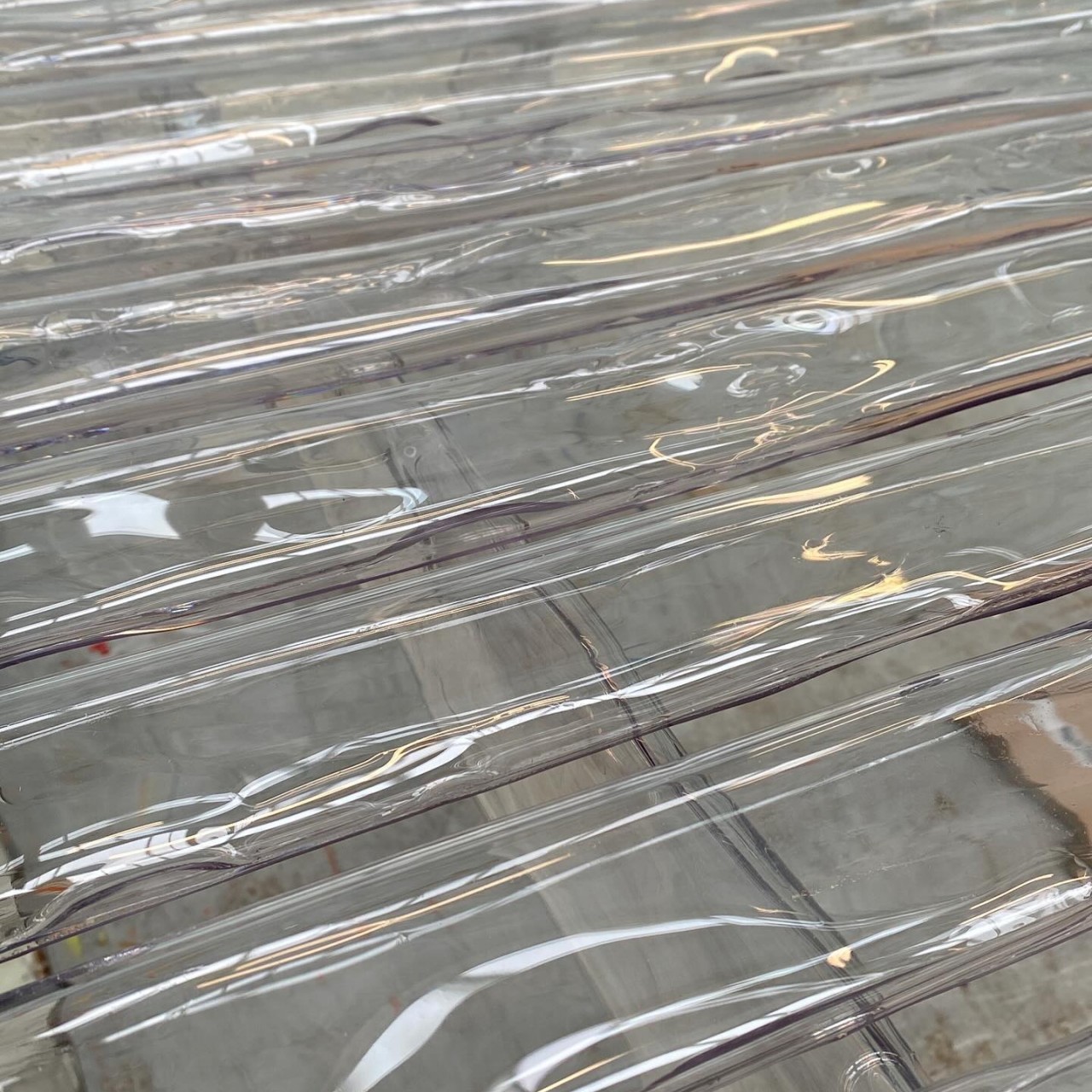
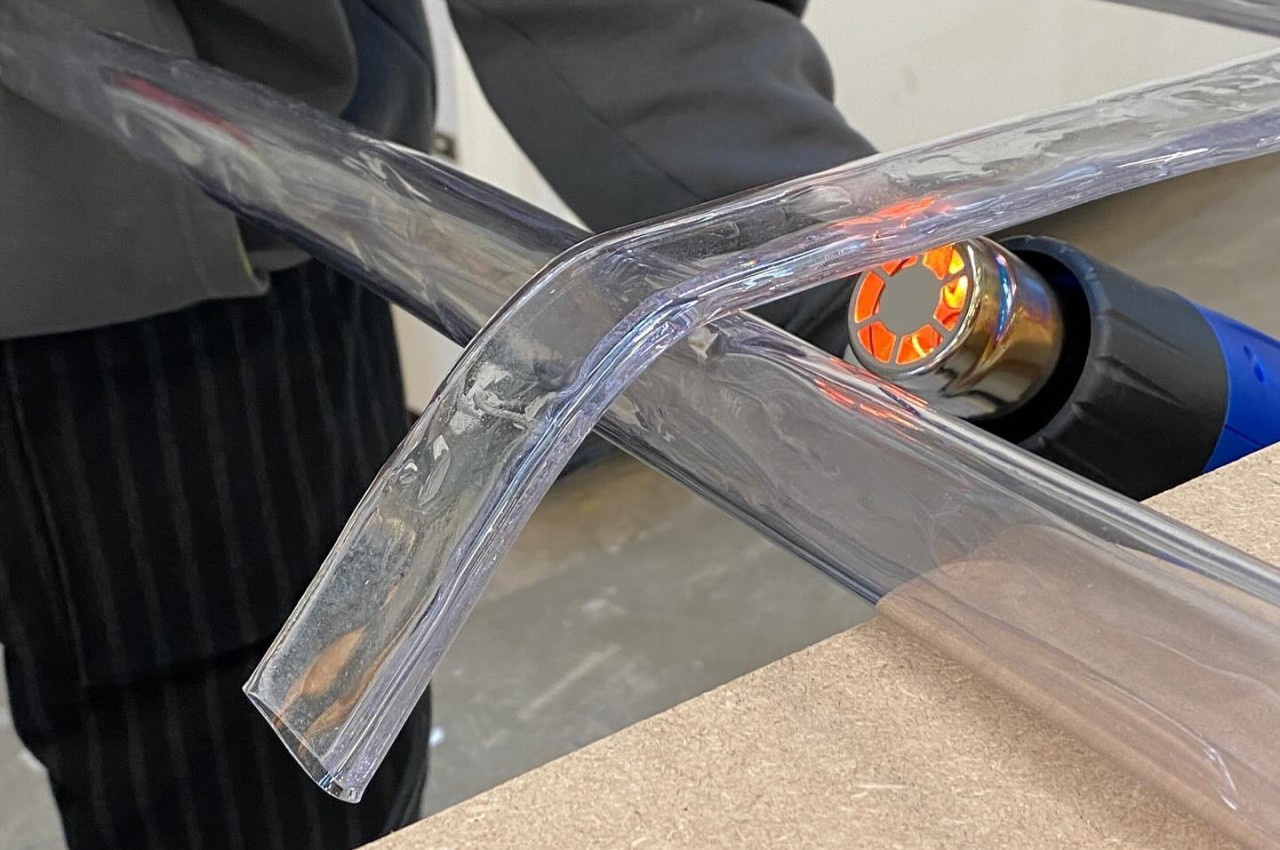
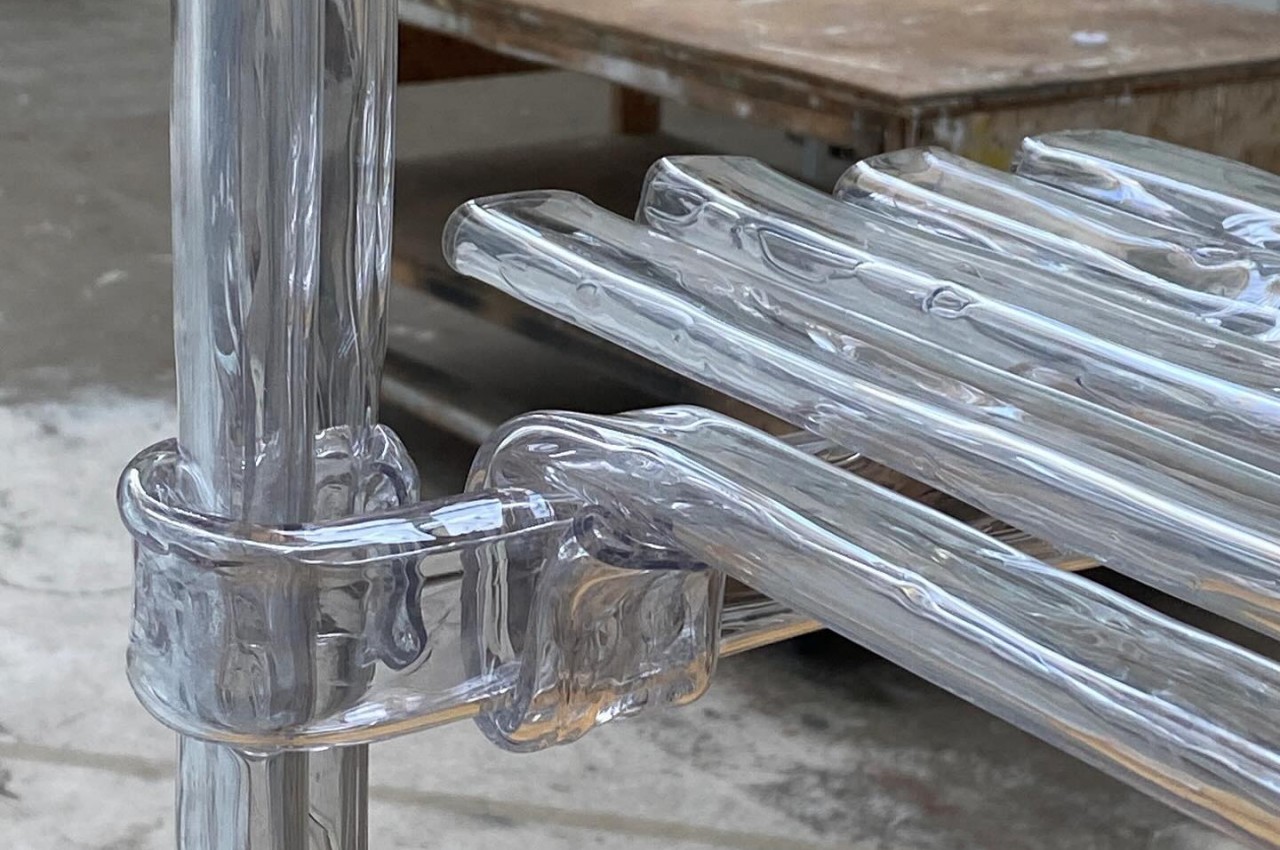
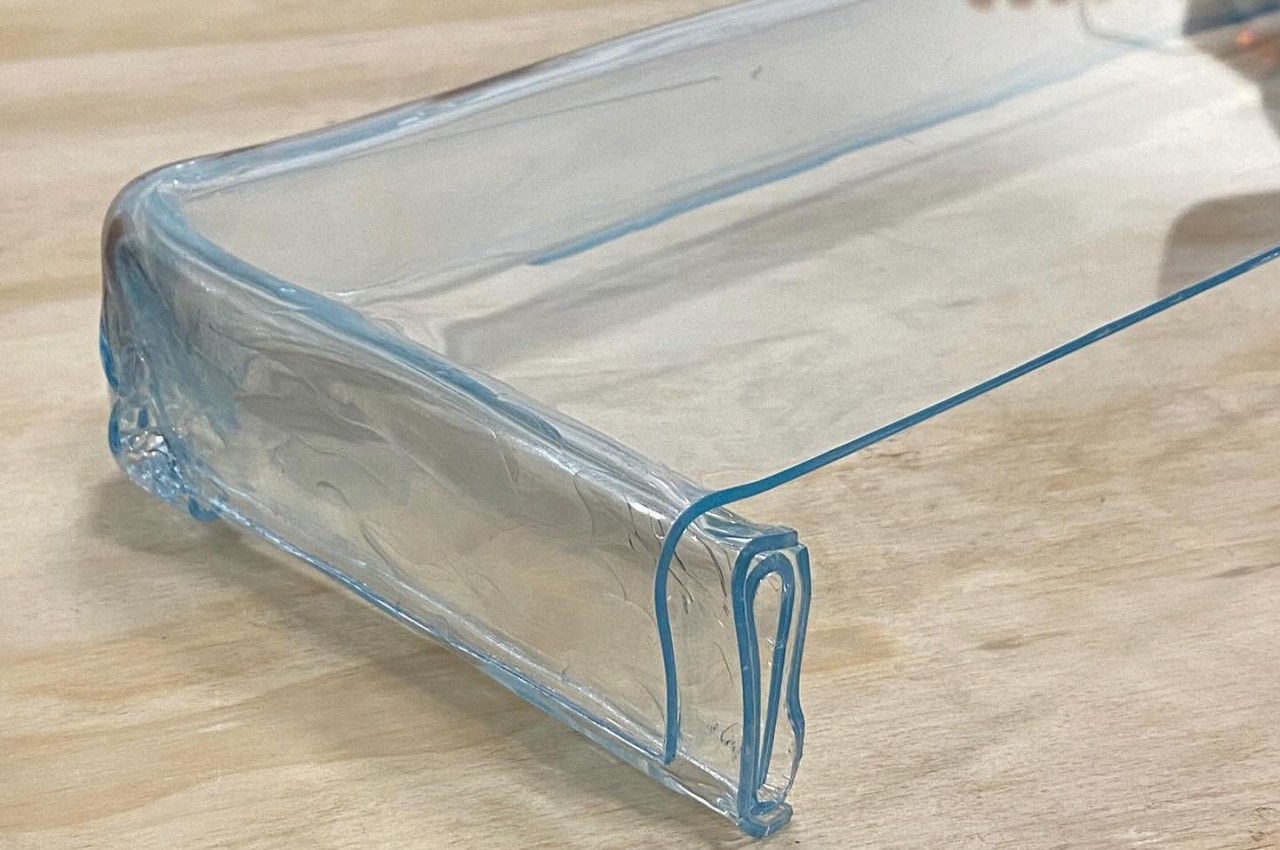
The project, called “Crafting Plastic,” is meant to challenge the way the material is perceived or even utilized. Rather than going through a machine or even a 3D printer, sheets of PETG plastic are cut into small sizes, heated with a heat gun, and then bent and shaped by hand. The pieces are turned into tubes that can be flattened, folded, and bent to create the classic forms of furniture. It’s definitely a painstaking method that won’t scale well, but it definitely serves its purpose, proving that plastic is not as simple as we presume it to be.
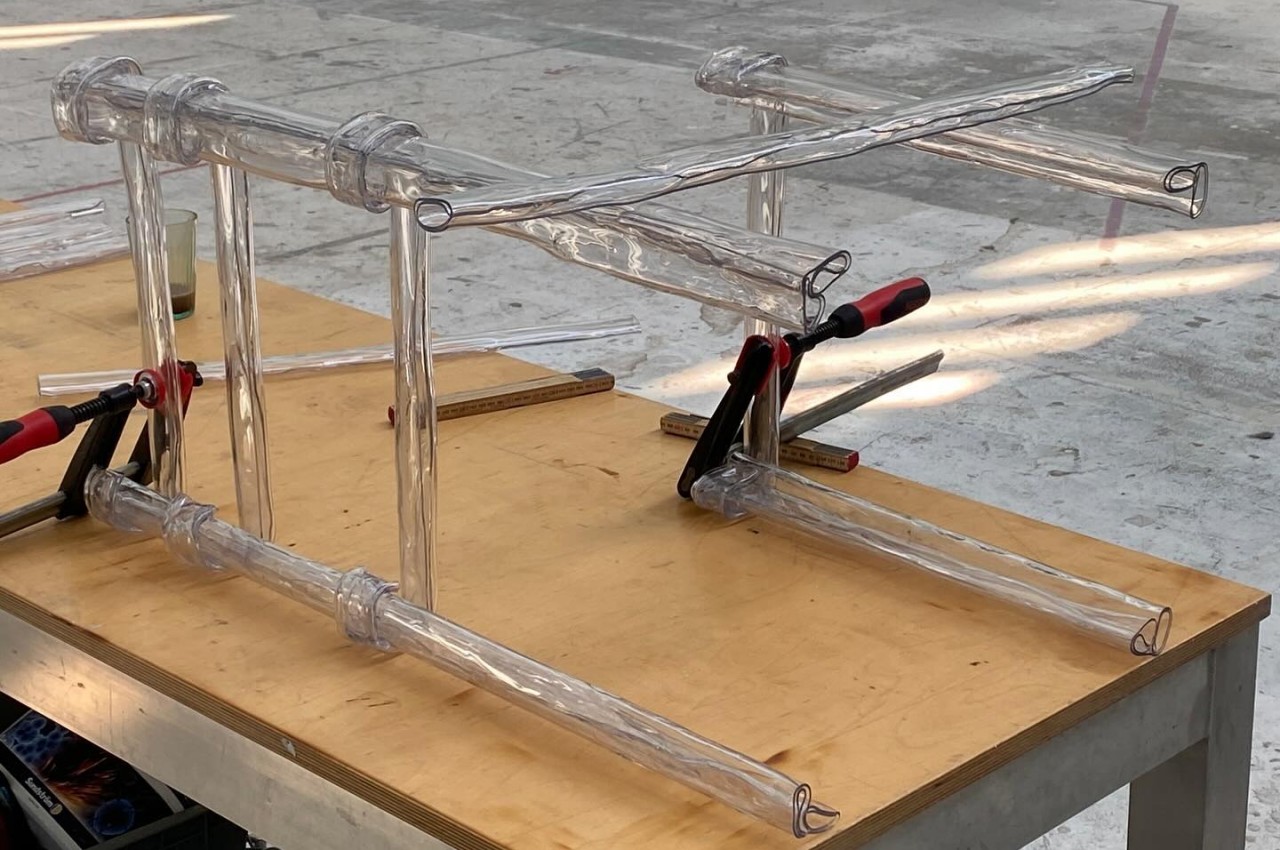
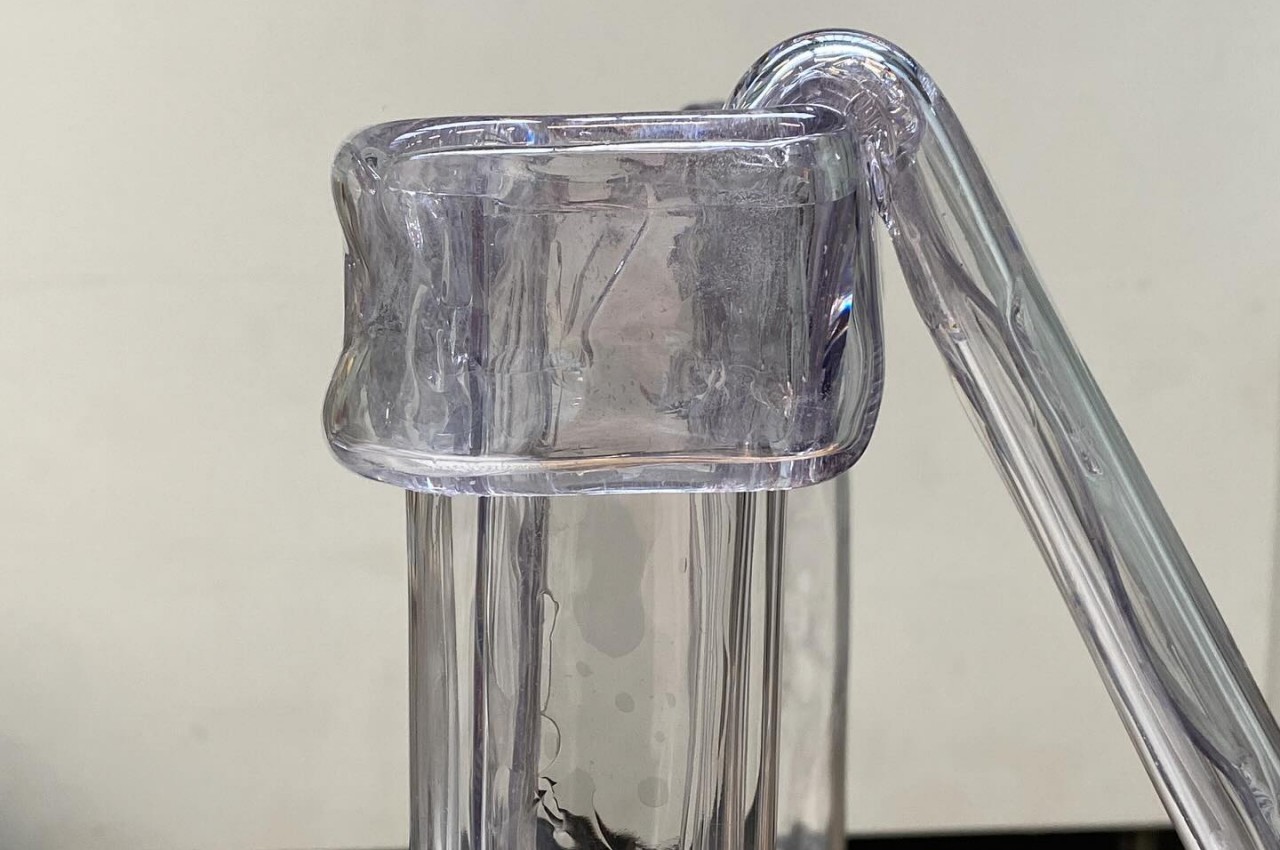
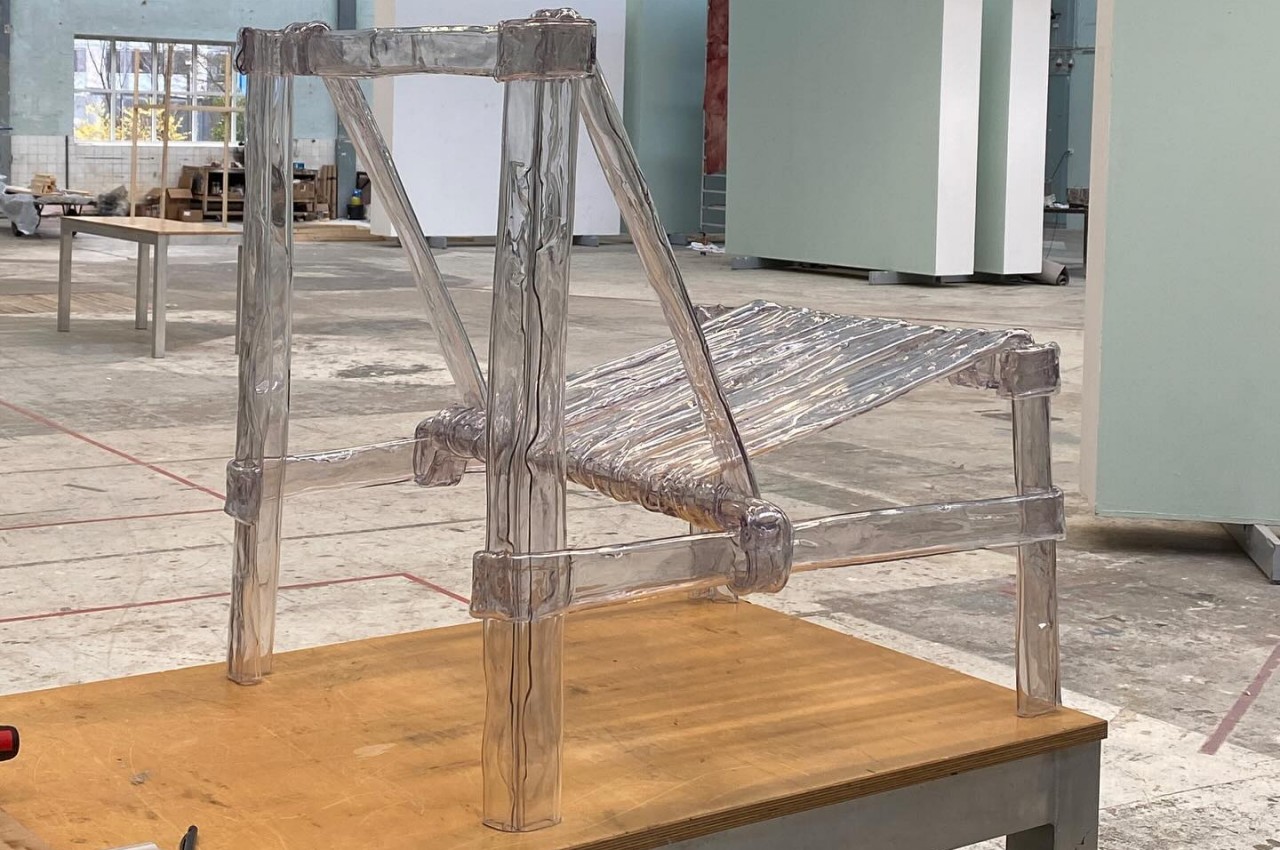
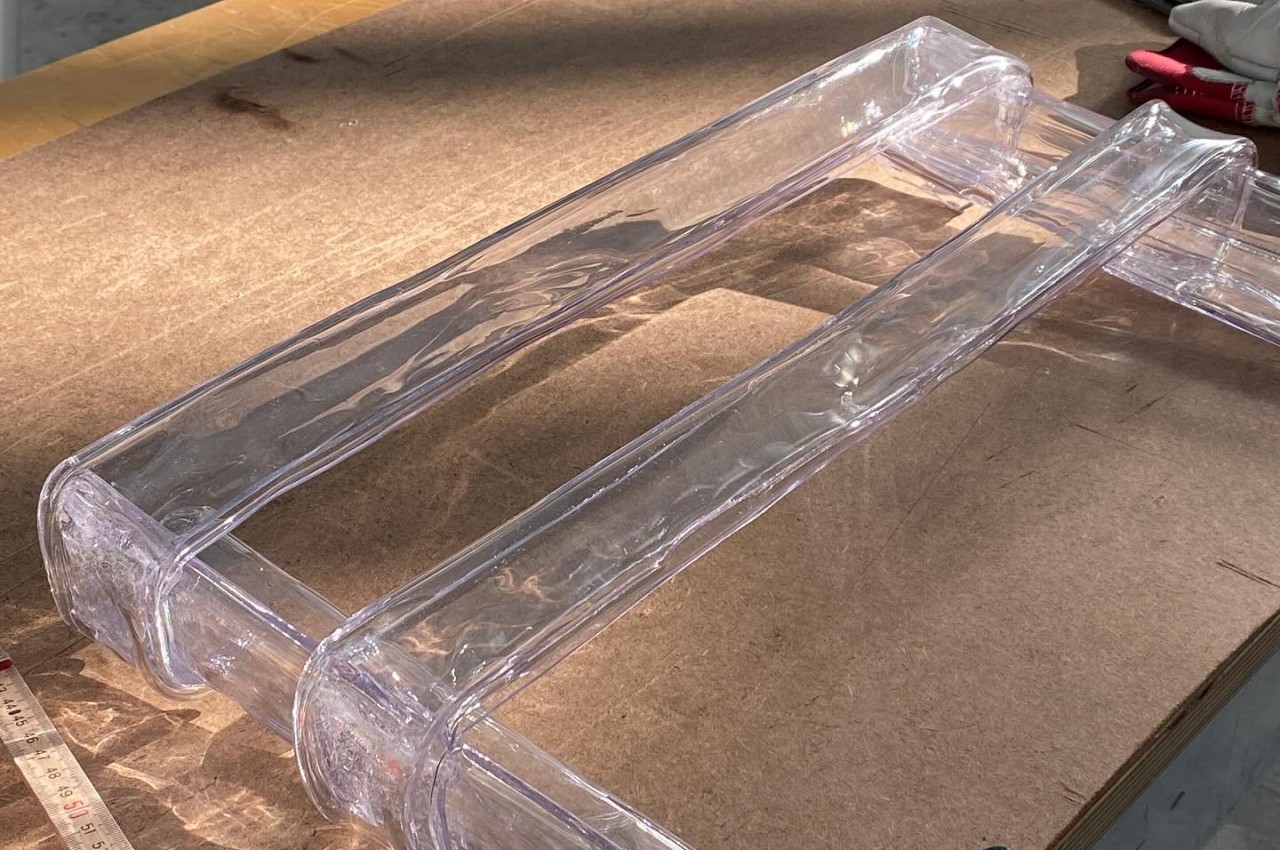
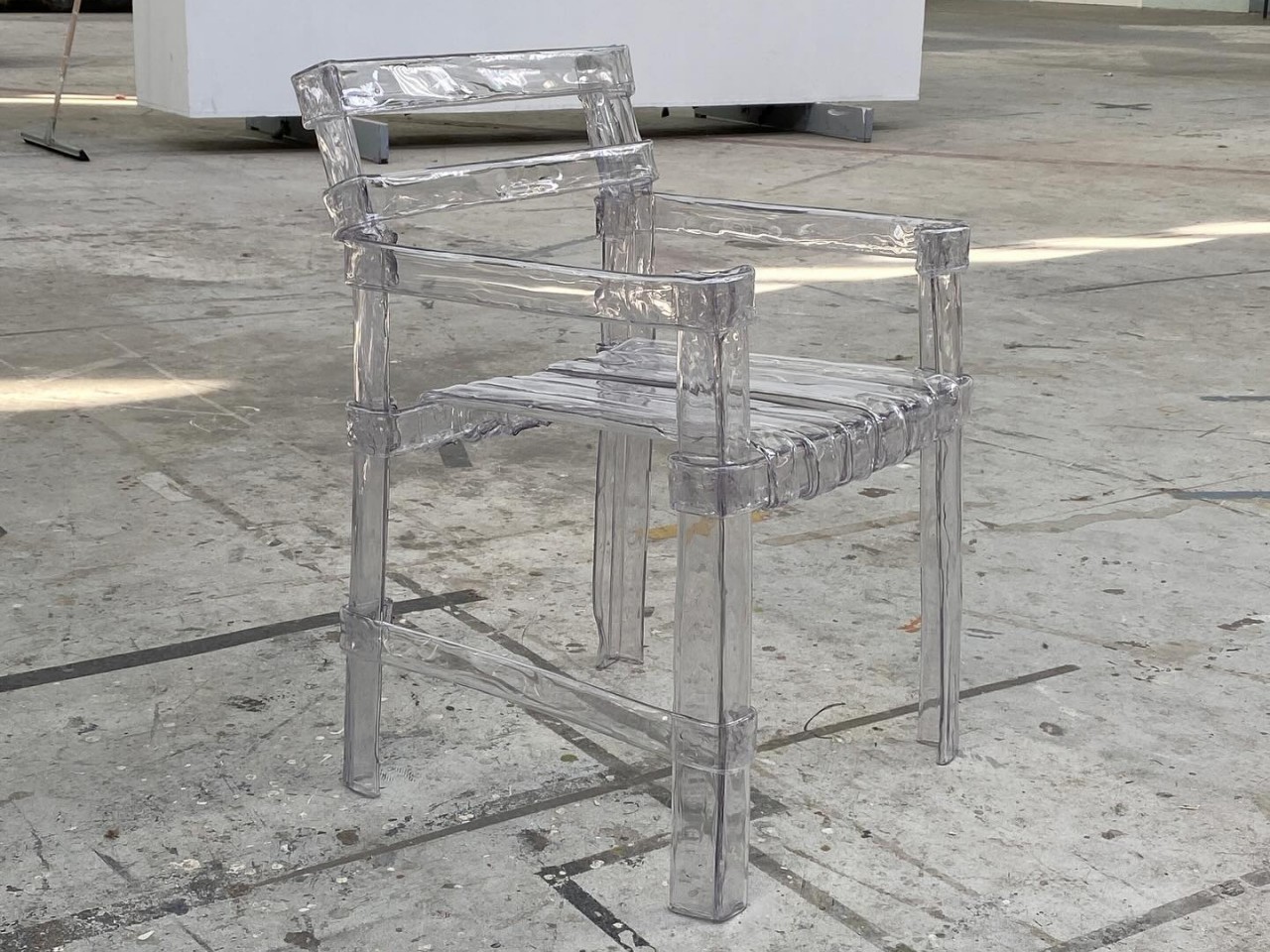
The result is a unique aesthetic that, on the one hand, looks like transparent glass but, on the other hand, also resembles sculpted ice with its imperfections and rough surfaces. It has an element of delicateness that almost makes you hesitant to even touch it, let alone put some weight on the pieces to actually use them for the furniture that they are. Fortunately, the lamps in the collection are fully functional without requiring interaction, though they may have also been the most difficult to make. The folds of the plastic pipes have to be done in a certain way and direction to make sure that light actually passes through.
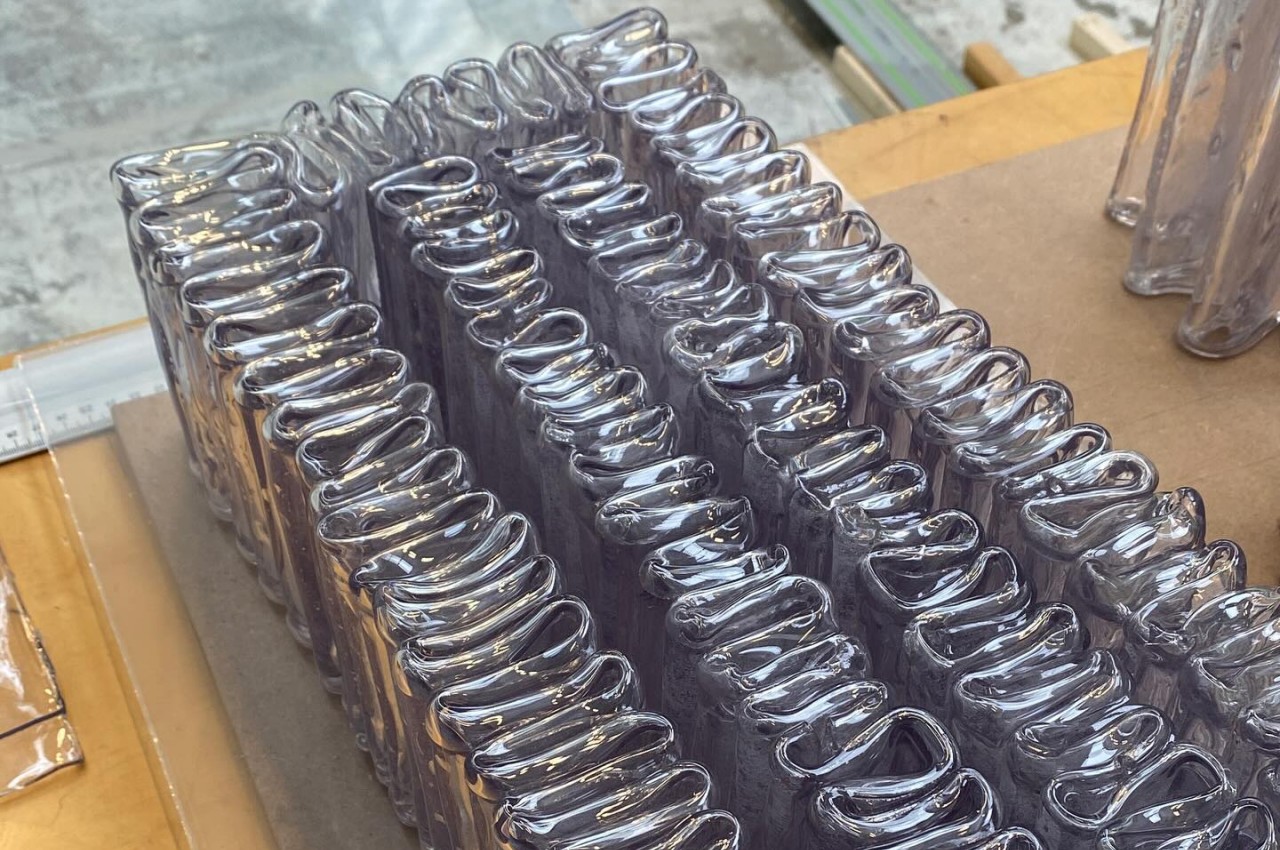
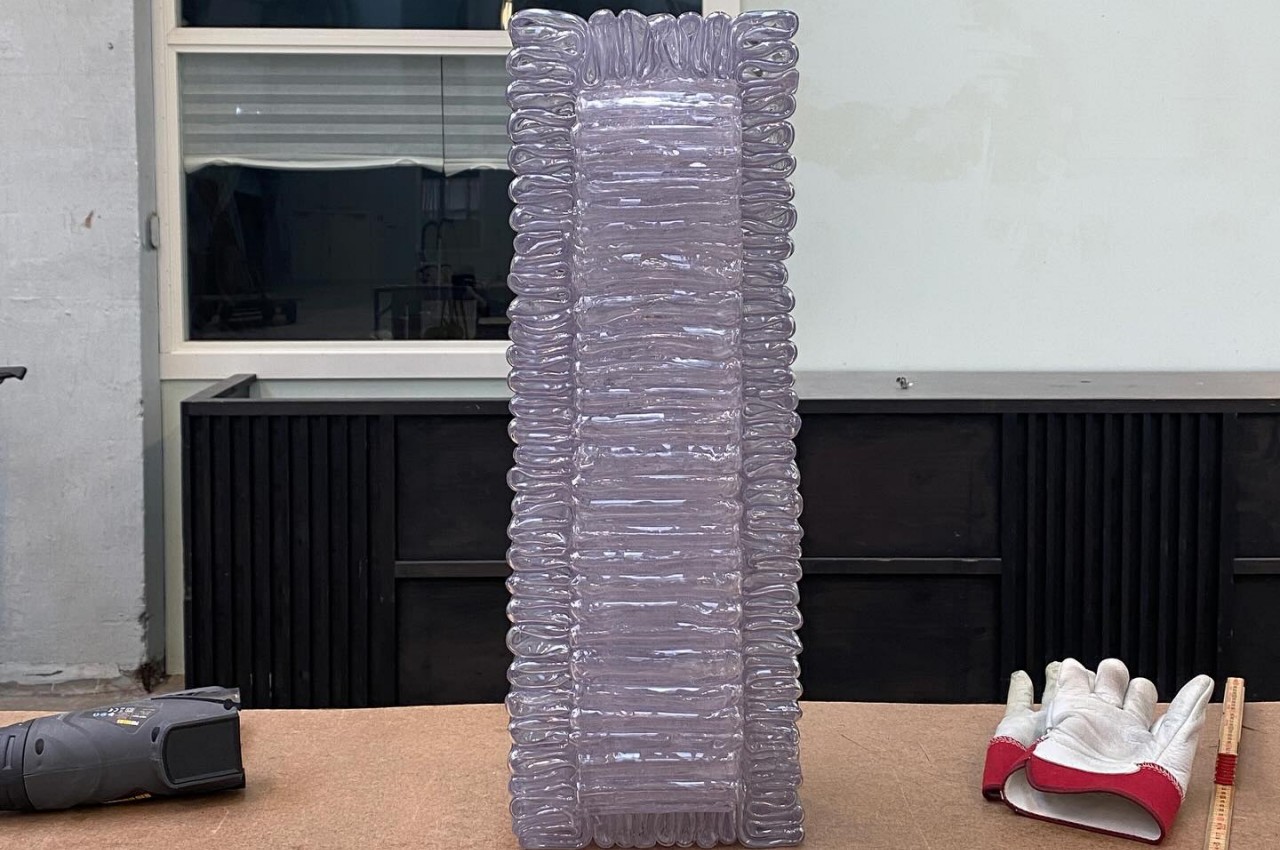
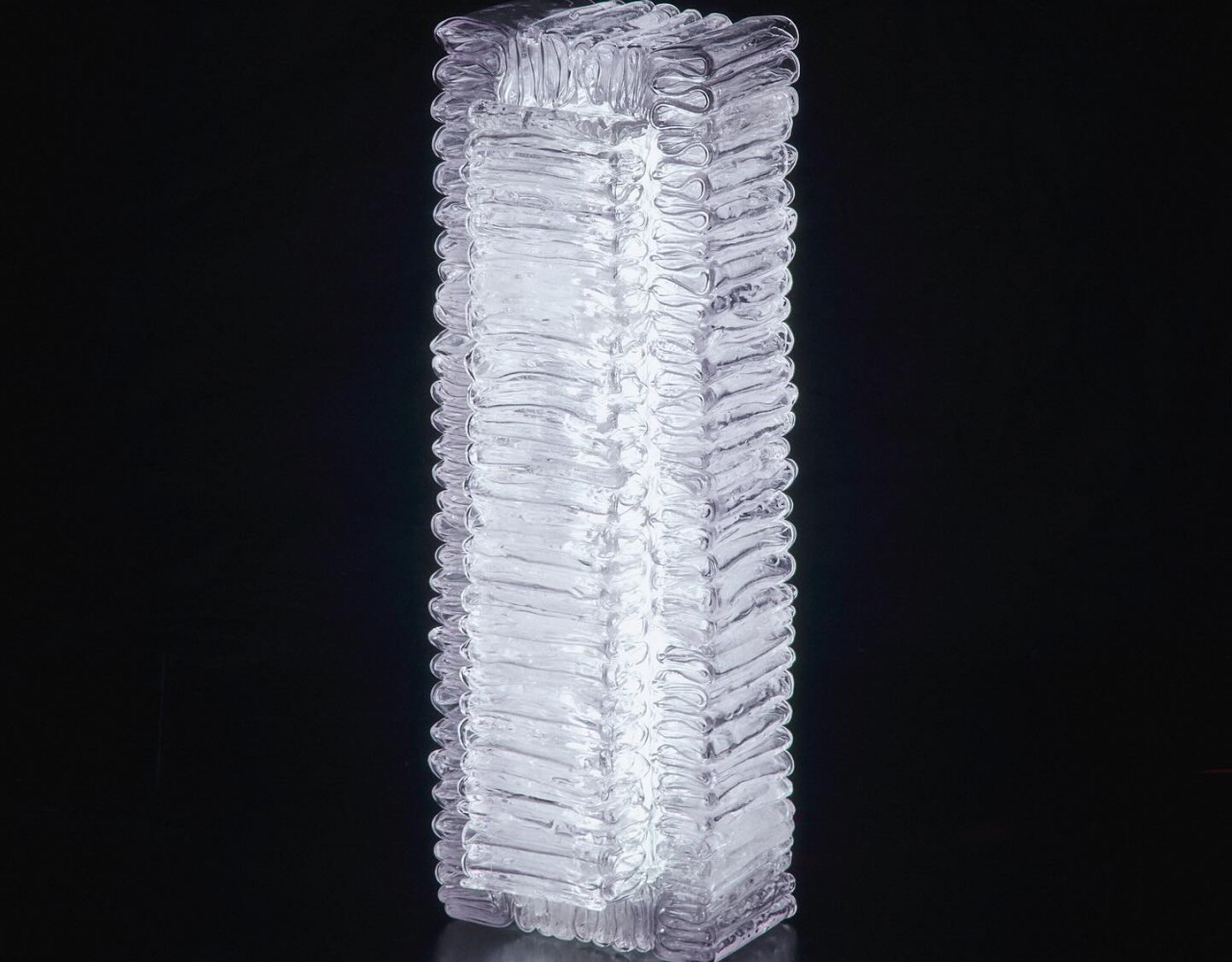
It’s probably for the best that these pieces of furniture are more artistic and not easily replicated because, after all, they are made from plastic. There is some amount of recycled plastic but it’s kept at a low percentage in order to retain the material’s structural rigidity and stability. Hopefully, the eye-catching and thought-provoking design will inspire more experimentation on the use of plastic in furniture that will take into account not only functionality and beauty but also sustainability.
